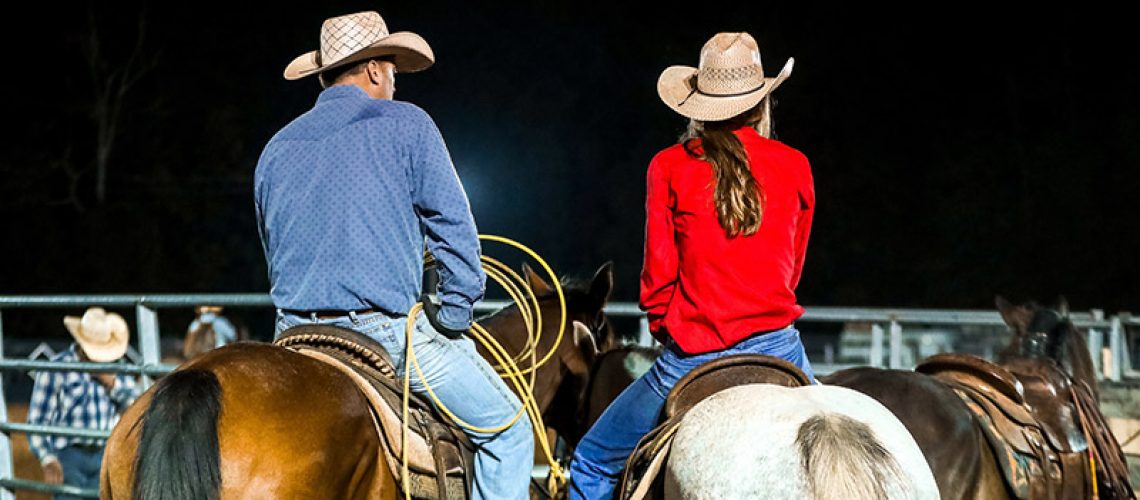Understanding Rodeo Events
Rodeo events are competitive displays of horsemanship and athleticism, often reflecting traditional ranching skills. These events can be broadly categorized into roughstock events, timed events, and specialty acts.
Types of Rodeo Events
Roughstock Events
- Bull Riding: Riders attempt to stay on a bucking bull for eight seconds, judged on their control and the bull’s bucking.
- Saddle Bronc Riding: Riders use a specialized saddle to ride a bucking horse, aiming for a smooth, controlled ride.
- Bareback Riding: Similar to saddle bronc, but riders use a bareback rigging instead of a saddle.
Timed Events
- Calf Roping: Also known as tie-down roping, where riders rope a calf and tie three of its legs together as quickly as possible.
- Team Roping: A team of two riders ropes a steer – one ropes the horns, the other ropes the hind legs.
- Steer Wrestling: Also called bulldogging, where a rider jumps off their horse onto a steer and wrestles it to the ground.
- Barrel Racing: Riders navigate a cloverleaf pattern around barrels in the fastest time possible.
- Pole Bending: Similar to barrel racing but involves weaving through a line of poles.
Specialty Acts
- Trick Riding: Riders perform acrobatic stunts on horseback.
- Mutton Busting: Young children ride sheep to get a taste of rodeo competition.
Training for Rodeo Events
Building a Strong Foundation
Training for rodeo events requires a solid foundation in horsemanship and physical fitness. Start with basic riding skills and gradually incorporate event-specific training.
Event-Specific Training
Bull and Bronc Riding
- Strength and Balance: Develop core strength and balance through exercises like planks and balance drills.
- Practice: Use mechanical bulls or practice horses to simulate the bucking motion.
Roping Events
- Rope Handling: Practice roping dummies and targets to improve accuracy and speed.
- Horsemanship: Ensure your horse responds well to commands and can position itself correctly during roping.
Barrel Racing and Pole Bending
- Speed and Agility: Train your horse for quick, tight turns and fast sprints.
- Pattern Practice: Repeatedly run the barrel and pole patterns to build muscle memory and improve times.
Safety First
Always prioritize safety by wearing appropriate gear, such as helmets and protective vests. Ensure your horse is fit and healthy to avoid injuries.
Competing in Rodeo Events
Preparing for the Arena
- Attend Local Rodeos: Gain experience and familiarize your horse with the rodeo environment.
- Study the Rules: Understand the specific rules and scoring criteria for each event.
- Mental Preparation: Stay calm and focused. Visualize your performance to build confidence.
Competing Tips
- Warm-Up: Properly warm up yourself and your horse before competing.
- Stay Relaxed: Keep a relaxed grip and maintain smooth, controlled movements.
- Learn from Each Event: Analyze your performance and seek feedback to continually improve.
Rodeo events are a blend of skill, athleticism, and tradition. By understanding the various events and dedicating time to proper training, you can successfully compete in the exciting world of rodeo.
For more information on rodeo events and tips, visit our website and create your free account today.
